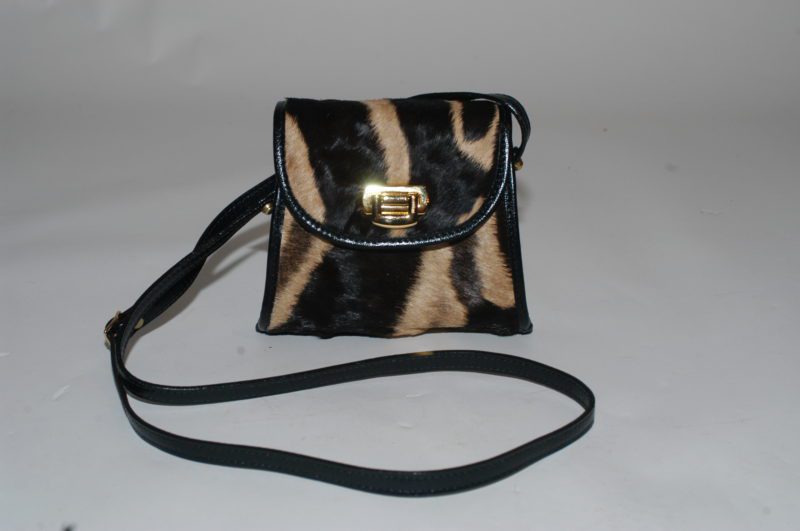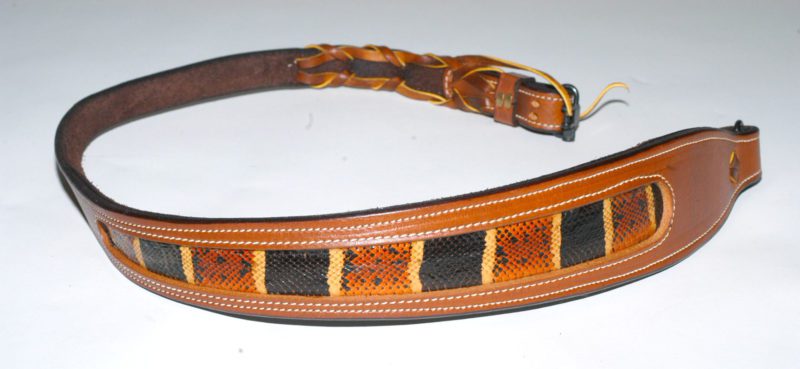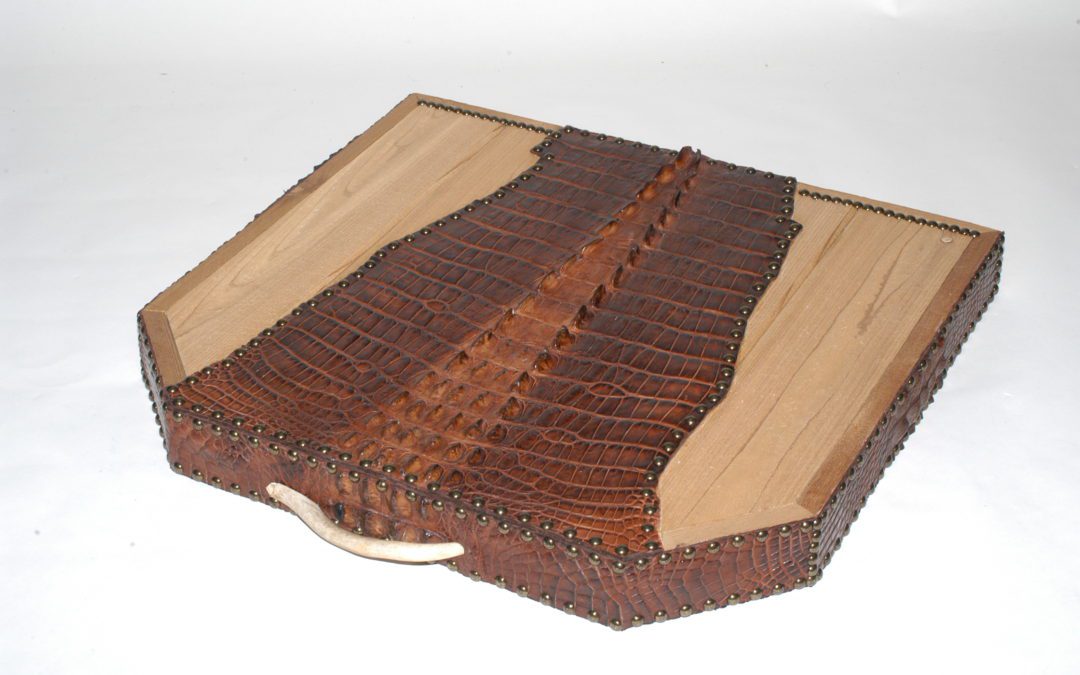The idea came to Richard Sanders over a blazing campfire at the end of a very successful safari in South Africa. As he recalls, “I had taken six animals and I began thinking, what am I going to do with all these game skins? It seemed like such a waste to keep just enough skin to make a shoulder mount. So, I went back to my tent to jot down some notes on what products came to mind.” Those ideas became the basis for his company Walden & Bork Custom Leather Works. But it would take Sanders another five years to find craftsman skilled enough to turn game skins into upscale luxury items.
“Most of the leather work done today is in China or Mexico,” Sanders explains. “Not only are there few skilled fine-needle craftsmen and women in this country, but most of the equipment used to craft the items is gone as well. Leatherworking is a dying art in the States but I said from the start that this company would be an American company that employed American artisans.”
Sanders found his artisans and together they designed products and launched Walden & Bork in 2005.

Small Lady’s Shoulder Purse Zebra
All items are made by hand and from the customers’ game skins. Over the years the skins have ranged from the local, such as deer, moose, wild boar, and elk, to the exotic like oryx, kudu, ostrich, elephant, and tsessebe, to the highly coveted such as alligator, snake, shark, and crocodile.
Walden & Bork has crafted such items as wallets, notebook covers, purses, luggage, and cigar humidors. They have crafted gun cases out of elephant hide, purses from zebra skin, gloves from javelina and, proving that no customer request is too strange to fill, a trashcan lid crafted from alligator.
“It was a customer of mine from Louisiana,” Richard laughs. “We’ve made him all manner of things: notebook covers, day timers, purses for his wife. One day he called to tell me he had a custom-made, white cedar garbage can at his hunt club out on the bayou. He said, ‘Suppose I send you the lid. Could you put some hornback alligator on it? Make it look real fancy?’”
Sanders got the trashcan lid and he and his artisans debated how best to “dress it up.” They covered it with a hornback all around the lid and over the top affixed it with brass furniture tacks and a deer antler handle. When the customer received his unique product he called to tell Richard, “You done knocked the ball out of the park on this one my friend! All my buddies down here are envious now. I got the best trashcan lid in the county.”

Another unusual customer request came from a woman who walks her poodle daily through an apparent snake-infested portion of the Texas Hill Country. “We have a customer down in Boerne, Texas,” Sanders details. “Brave gal. Great hunter. She walks her dog everyday while carrying a Taurus Judge pistol because of all the snakes she encounters. After she popped seven or eight coral snakes, she contacted us asking what she could do with such colorful skins.” Considering how thin coral snake skin is, the options were limited but Sanders and his designers came up once again with a product that more than pleased the client.
“We made her a rifle sling from harness leather,” Sanders explains. “We inlayed the coral snake beneath the thicker and more durable harness leather and the result is striking. Vibrant red and yellow protected by cognac-colored leather, just gorgeous.”
Hunters wanting to turn their game hide into a keepsake heirloom should decide what they want made prior to hunting. This will give them an idea of how much skin will be needed, the best way to skin the animal (or have it skinned), whether to keep the hair or have it shaved, and what color to have the leather tanned. Sanders recommends Specialty Leather Processors, Inc. in the U.S. and Oasis Tanning Co. (Pty) ltd. in Africa for turning game hide into leather and. He suggests American Tanning & Leather in Georgia for alligators and other reptiles.
“You can have skins tanned at your taxidermist,” Sanders says. “But you will end up paying more than if you send your skins to the tannery directly.”
So, consider having your memory of a great time afield turned into an item that not only reveres the animal but will also last a lifetime. As Sanders explains, “The whole idea is to utilize the skins to honor the animal and the hunter. You worked hard for the hunt. You paid for it not only in money but in blood sweat and tears and you’ve taken a wonderful animal.”

